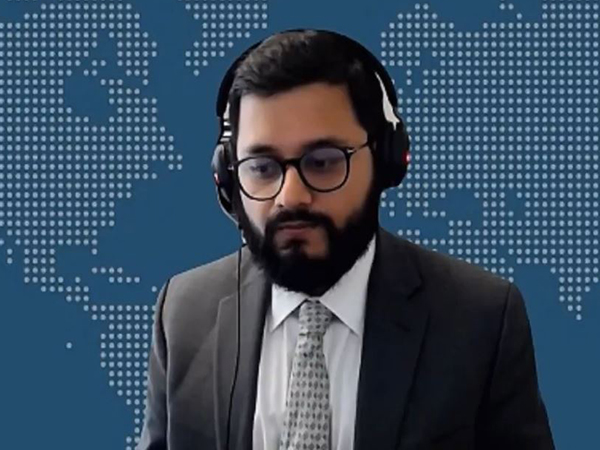US Tariffs on India: Navigating Trade Negotiations Amidst Global Tensions
The 25% tariff imposed by President Trump on India, affecting sectors like electronics and pharmaceuticals, is a temporary negotiation tool, not a permanent policy shift, says Gaurav Sansanwal from CSIS. India is expected to closely watch and negotiate to protect its economic interests amidst complexities involving US-Russia relations.

- Country:
- United States
Gaurav Sansanwal, a fellow at the Centre for Strategic and International Studies, highlighted that the 25% tariff imposed by President Trump on India is a temporary negotiation strategy rather than a lasting trade realignment. This tariff notably impacts key sectors like electronics, pharmaceuticals, refined petroleum products, and gems and jewellery—industries where India holds a significant trade surplus with the United States.
Sansanwal noted the broad impact of these tariffs, describing them as an irritant but not a definitive resolution in the bilateral trade relationship. He emphasized that New Delhi is likely monitoring the development closely and seeking a resolution beneficial to its economic interests, with no immediate shift in policy perspective.
Addressing Trump's remarks on India's ties with Russia, which were used as leverage in trade discussions, Sansanwal explained this as a strategic maneuver rather than a fundamental misunderstanding. Both the Trump and Biden administrations have recognized India's distinct relationship with Russia, strategically utilizing this aspect in ongoing trade negotiations with India.
(With inputs from agencies.)
ALSO READ
Trump's Trade Turbulence: US Tariffs Target India Amidst Russia Ties
Trade Tensions: US Tariffs Challenge India's Economic Interests
India Stands Firm Amid US Criticism on Russia Ties
World economy going through crisis, India also has to be cautious about its economic interests: PM Modi.
Diplomatic Dance: Xi and Putin Solidify China-Russia Ties Amid Ukraine Crisis










